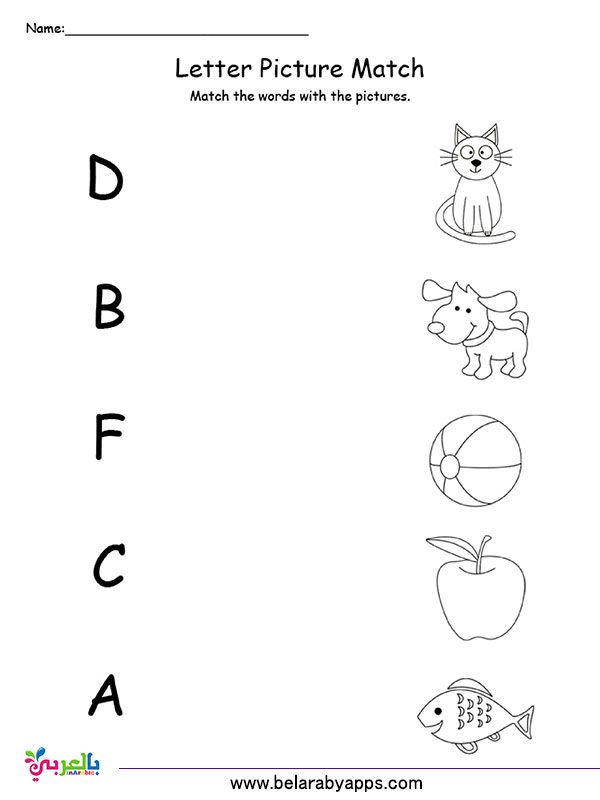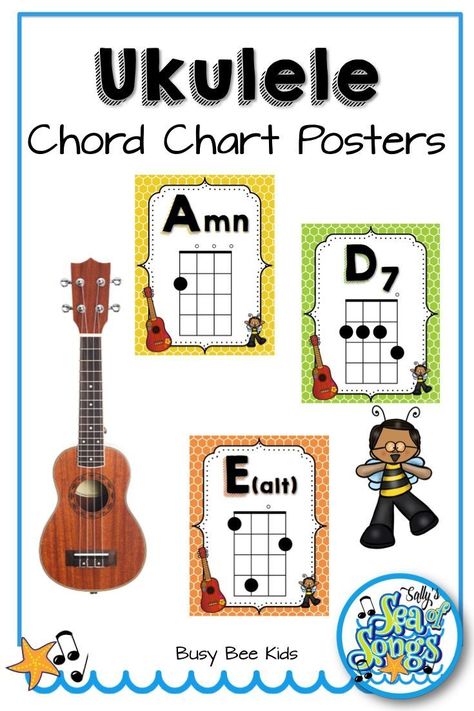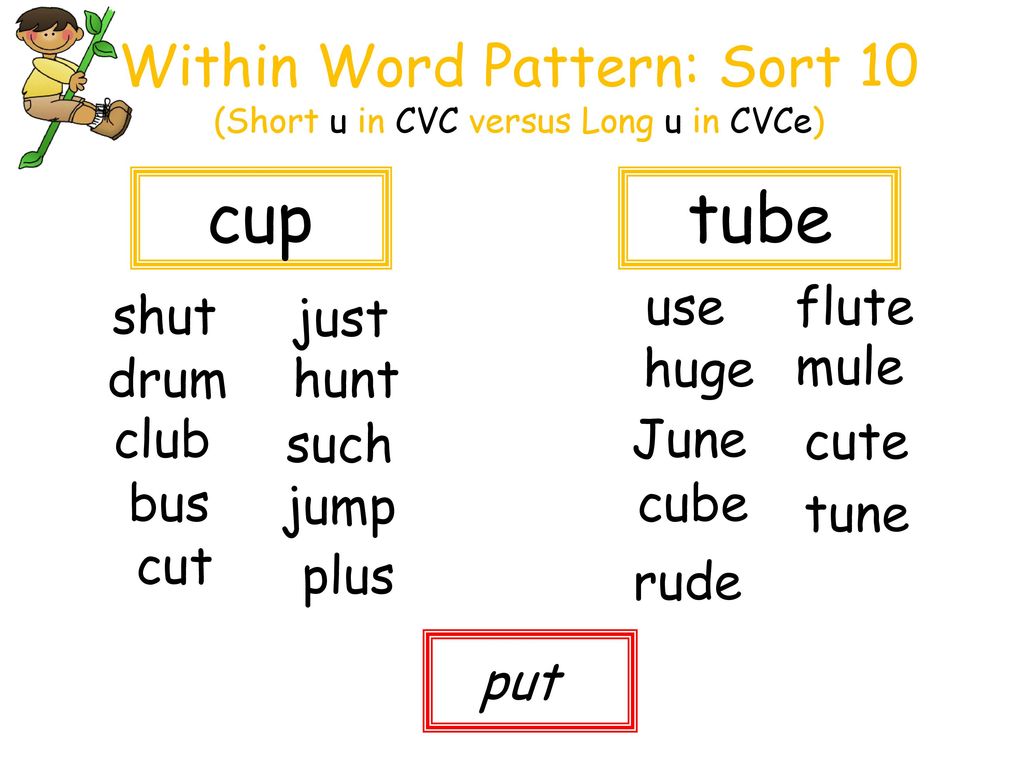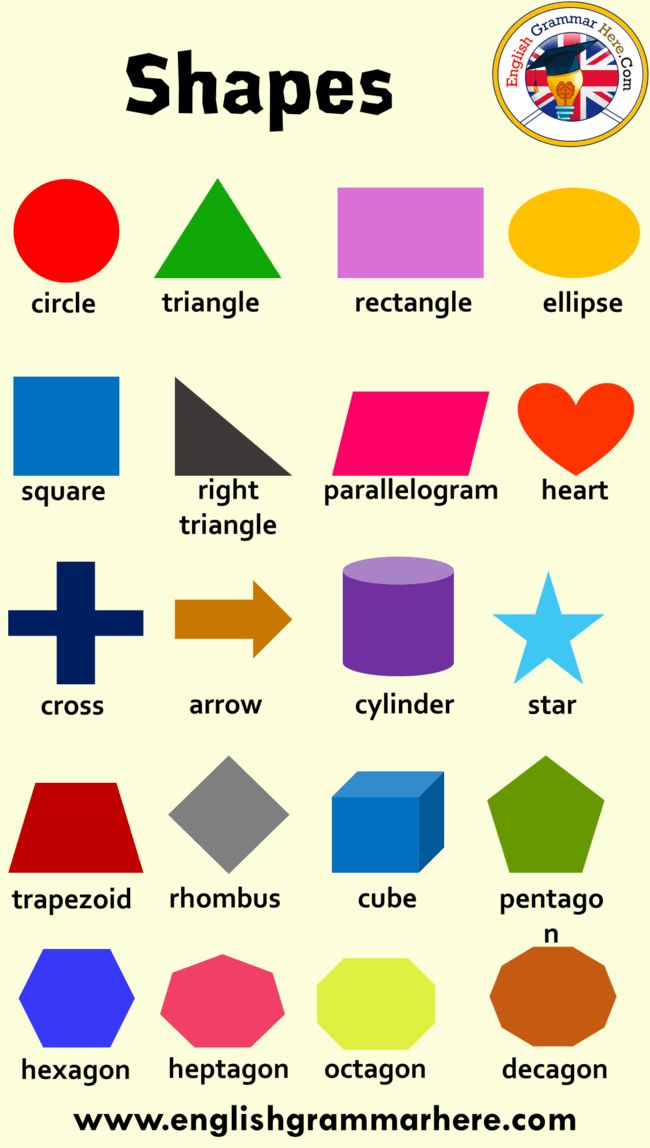3 step directions activities
Teaching How To Follow 2- and 3-Step Sequential Directions
This is a guest blog post by Holly, a school-based SLP, all about teaching how to follow 2 and 3-step sequential directions!
Teaching Sequential Directions
Do you have students on your caseload that can follow one-step directions pretty well, but–as soon as the complexity increases–that accuracy goes out the window?
If that’s the case for you and your students, you’re not alone! There are plenty of factors that influence the ability to follow complex directions: hearing/vision, executive function skills, language comprehension, grammar, student level of interest, task complexity, and sequencing, just to name a few. These areas were reviewed in further depth in a previous post on following simple directions — a lot of that info applies here, too!
Complex instructions are relevant for students across the grade-span. Like many domains of communication, the milestones related to following directions are geared towards younger children:
– Between 1-2 years of age, kids generally follow familiar one-step directions with support (Linguisystem, 2014)
– Between 2-3 years, children can follow two-step commands (Linguisystem, 2014)
– Around 4-5 years old, kids typically understand sequential terms (e. g., first, next, last) and respond to three-step directions at home or school (ASHA)
We know, of course, that the importance and complexity of instructions don’t end at age 5. Whether you work at an elementary, middle, or high school, following instructions serves as a major foundation for learning. These skills are also incredibly valuable for students working on vocational skills and transition plans. (Imagine your first day at a new job! There are countless tutorials to follow and procedures that you’re expected to get the hang of!) So how can we support our students no matter what level they’re working at?
In a previous post on following simple directions, we outlined the process of assessing this skill, selecting meaningful targets, using visuals and strategies, plus designing structured and contextualized intervention.
Now we’re taking it a step further by teaching how to follow multi-step, sequential directions! We’ll review different types of complex directions, plus how to teach and strengthen this skill in therapy.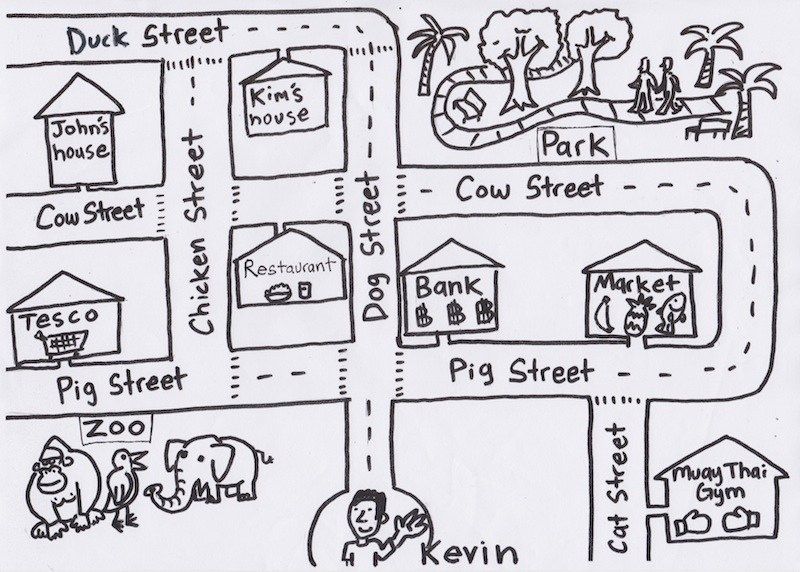
Types of Complex / Multi-Step Directions
Not all directions are equally complex — that’s why it’s important to figure out what strengths and challenges are impacting a student’s ability to follow along with instructions. Here are a couple examples:
Conditional Directions: If you ride the bus after school, line up here.
Spatial Concepts: Take a seat at the nearest table and face your chair towards the front of the room.
Temporal Concepts: Before you sit down, hang up your bag on the wall.
One Action, Multiple Objects: Grab a packet, glue stick, and a pair of scissors from the table.
Multiple Actions, One Object: With your pen, circle the word you don’t know, then underline any clues that will help you figure out what the word means.
Multiple Actions, Multiple Objects: Pick out a book, bring it to the checkout counter, and present your student ID card to the librarian.
The more concepts embedded into a set of instructions, the higher the demands placed on language and working memory will be.
For a deeper dive into assessing these skills, check out the prequel to this blog post and browse through the assessment materials available through the SLP Now membership! There’s a Smart Deck to quickly probe students’ accuracy in following 1, 2, and 3-step directions.
Teaching Multi-Step Directions in Therapy
How do you feel about using anchor charts, visuals, and compensatory strategies in therapy? From kindergarten through high school, I’ve found that these kinds of support make a huge difference for students.
VisualsWhen teaching a new skill, it can be helpful to use visual aids to represent a concept. This is because many of our students are already challenged by auditory or written comprehension (Law et al., 2017), so we can use this teaching phase as an opportunity to play to any strengths! This might involve using pictures, symbols, photos, or other visual supports when teaching a skill.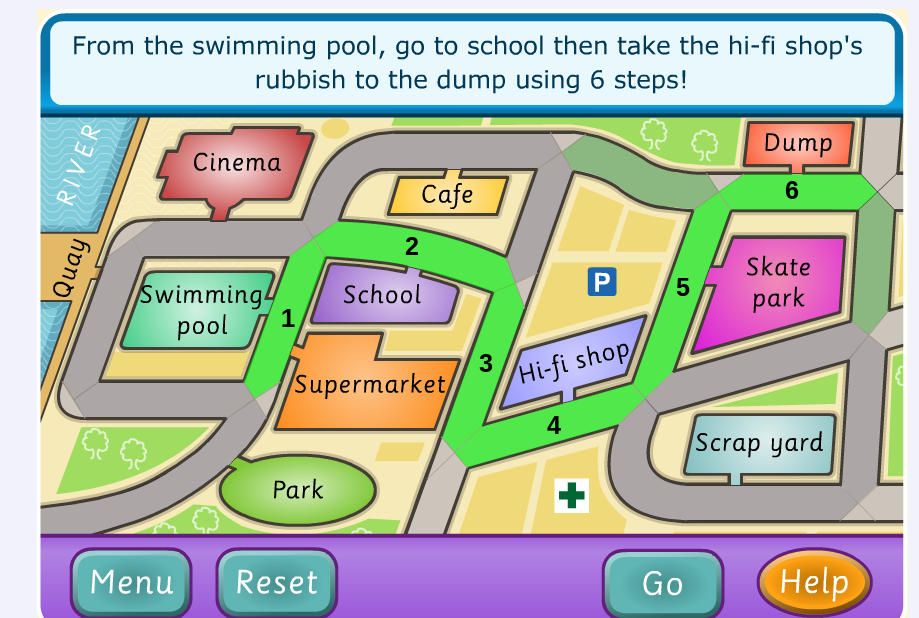 Here are some of my favorite visuals to use with complex instructions:
Here are some of my favorite visuals to use with complex instructions:
When helping students strengthen skills in an area, it takes time and practice. Strategies can be taught, practiced, and used the very same day — that kind of success can be really motivating for our students when they’re starting out! Over time, using rehearsal/visualization techniques has also been found to improve students’ abilities to follow directions (Gill et al., 2003).
These handouts (included in the SLP Now membership) are great for partnering with teachers and working on self-advocacy skills for students.
Targeting 2 & 3-Step Sequential Directions (In Therapy & Beyond!)
Once you’ve selected your targets and reviewed the skills and strategies you’ll be working on with your students, now comes the fun part… Practice!
GamesIntroduce a new game or tweak a familiar one, emphasizing the importance of listening to the instructions
RecipesCan you think of a multi-step activity that is more functional than following a recipe? Our speech-language rooms don’t often come equipped with extra space, so your recipe could be as simple as making trail mix.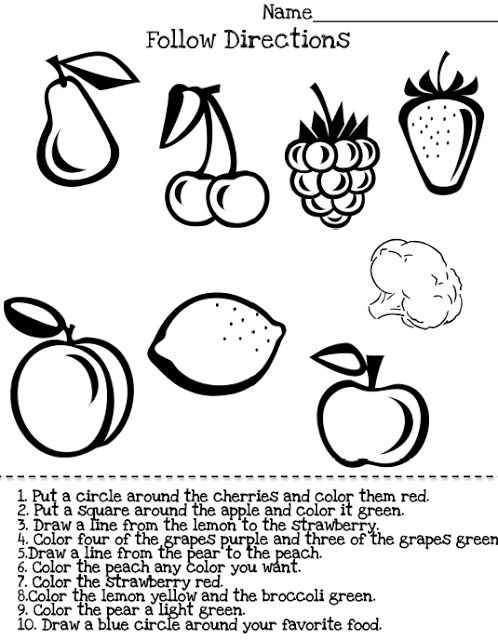 However, if your school has an area dedicated to cooking skills or a kitchen space that you can borrow, try incorporating it into your therapy activities!
However, if your school has an area dedicated to cooking skills or a kitchen space that you can borrow, try incorporating it into your therapy activities!
Try filling out a planner, agenda, or calendar with students. The working memory demands are high here (e.g., note that your spring break is from April 4th-8th, and your book report is due the following Monday), so it emphasizes the importance of using external strategies, such as writing down details!
Vocational ActivitiesWhen working with older students and developing transition plans, identify what kind of job skills involve complex directions (e.g., bagging groceries involves sorting items based on weight/shape/temperature, organizing them into a bag, and placing the bags into the cart). This is a great opportunity to incorporate your students’ interests!
Other Curriculum-Based ActivitiesTo support carryover throughout a student’s school day, collaborate with other teachers to see what activities involve complex directions.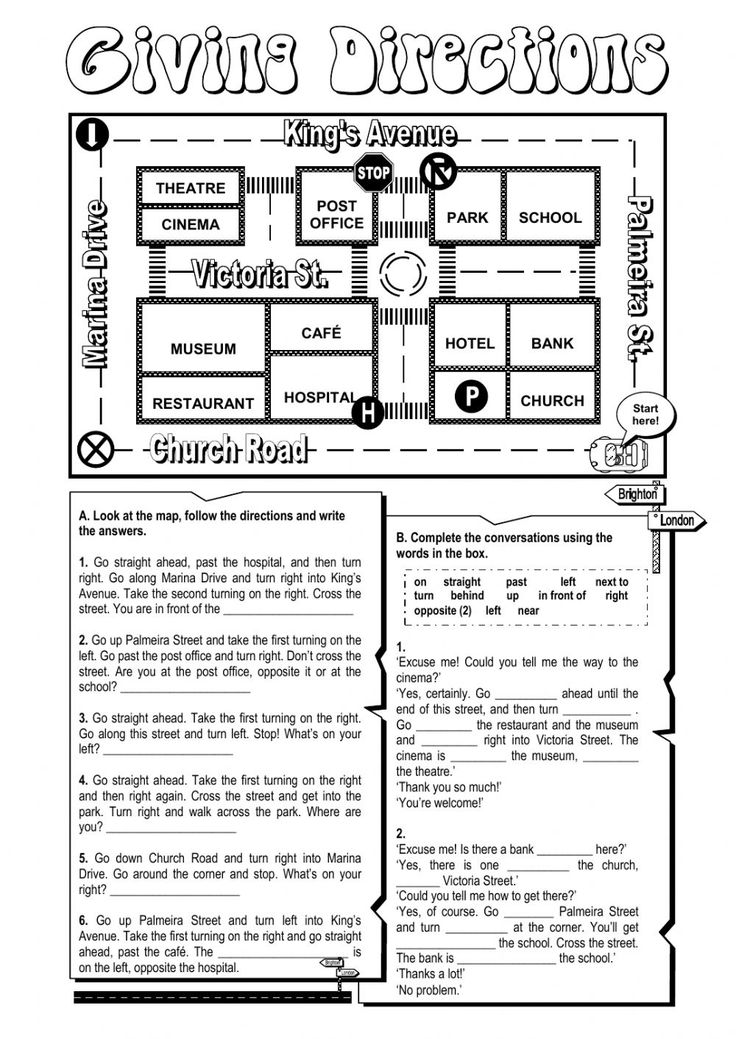 In a framework developed by Wallach (2014) and Kamhi (2014), we see that a contextualized approach to targeting these skills can be the most effective!
In a framework developed by Wallach (2014) and Kamhi (2014), we see that a contextualized approach to targeting these skills can be the most effective!
I hope this post has been helpful for you! Do you have any other questions or ideas for targeting multi-step directions? Feel free to comment below — thanks for stopping by!
References
American Speech-Language-Hearing Association. (n.d.) What should my child be able to do? Four to Five Years Old. Retrieved from https://www.asha.org/public/speech/development/45/.
Gill, C. B., Klecan-Aker, J., Roberts, T., & Fredenburg, K. A. (2003). Following directions: Rehearsal and visualization strategies for children with specific language impairment. Child Language Teaching and Therapy, 19(1), 85-103.
Kamhi, A. G. (2014). Improving clinical practices for children with language and learning disorders. Language, Speech, and Hearing Services in Schools, 45(2), 92-103.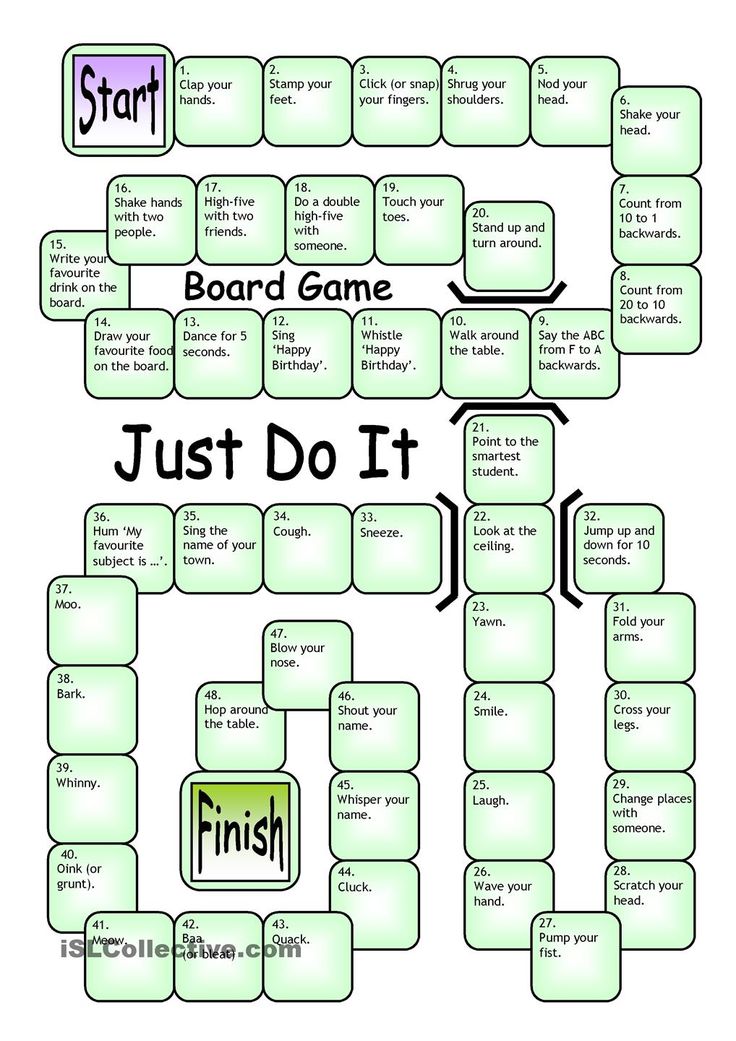
Law, J., Dennis, J. A., Charlton, J. J. V. (2017). Speech and language therapy interventions for children with primary speech and/or language disorders. Cochrane Database Systematic Review.
Wallach, G. P. (2014). Improving clinical practice: A school-age and school-based perspective. Language, Speech & Hearing Services in Schools, 45, 127–136.
19 Activities for Middle School Students to Improve Following Directions
Whether 1-step directions or multi-step directions, students need practice and clear expectations. Students follow hundreds of directions every year at school and at home. In order to improve their ability to process oral directions and listening skills, you can incorporate fun activities into your school day.
Try some of these 19 activities and notice the difference you will see over a period of time, as students improve with following directions.
1. Science Experiments
Incorporate your school curriculum into teaching kids to follow directions.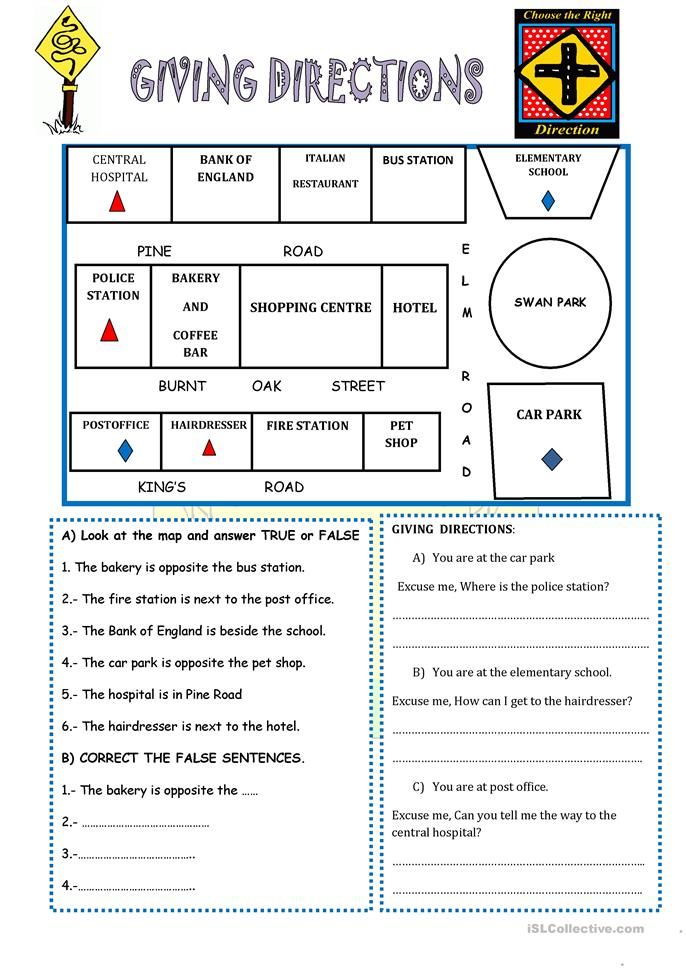 Using science experiments in your school setting will improve academics, engage students, and strengthen students' following directions skills and abilities.
Using science experiments in your school setting will improve academics, engage students, and strengthen students' following directions skills and abilities.
Learn More: Moms
2. Learn to Code
Further developing science skills and learning to code are beneficial for so many reasons. In addition to helping students learn computer science skills, they can also work on fine motor skills and improve following directions skills. Coding is ideal and appropriate for all grade levels.
Learn More: Teach Your Kids Code
3. Following Direction Logic Puzzle
This worksheet takes on the form of a riddle or secret code to be solved. For students who need a break from screen time, let them try to decipher the code by solving the riddles. The following directions worksheet is a good way to also encourage critical thinking and problem-solving skills.
Learn More: Centervention
4. Paper Folding Activity
Simple instructions will be easy to follow and form a unique craft! This activity uses multi-step directions to have students create a paper masterpiece.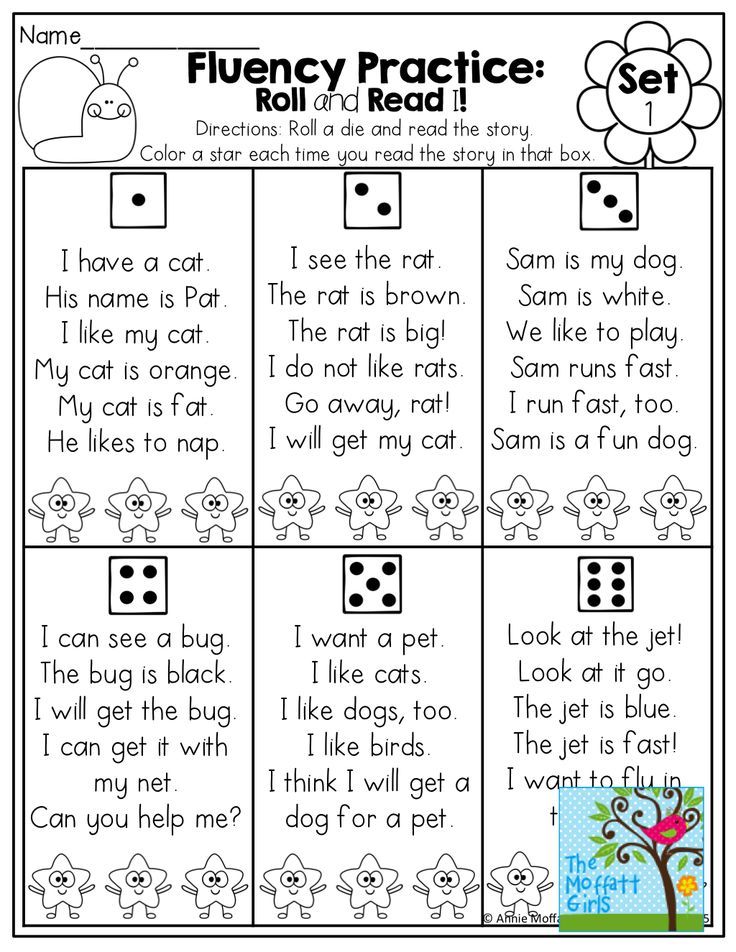 Students will need to pay attention to directions and details to be successful in this awesome activity.
Students will need to pay attention to directions and details to be successful in this awesome activity.
Learn More: Speech Snacks
5. Boat Craft
This fun and challenging activity allows some creative freedom but requires multi-step directions as well. This activity is great for upper elementary teachers or middle school teachers to use with their students.
Learn More: Pedia Staff
6. Building From Scratch
This activity will require key listening skills. Teaching students to make something with their hands is a great way to improve following directions. This is ideal for motor skills as well. Students may have a harder time working with their hands, so making the teacher aware of expectations is key.
Learn More: Moms
7. Coloring Worksheets
Giving the child directions for this printable activity is key. Lists of directions are included for students to read themselves or for the teacher to call out to them.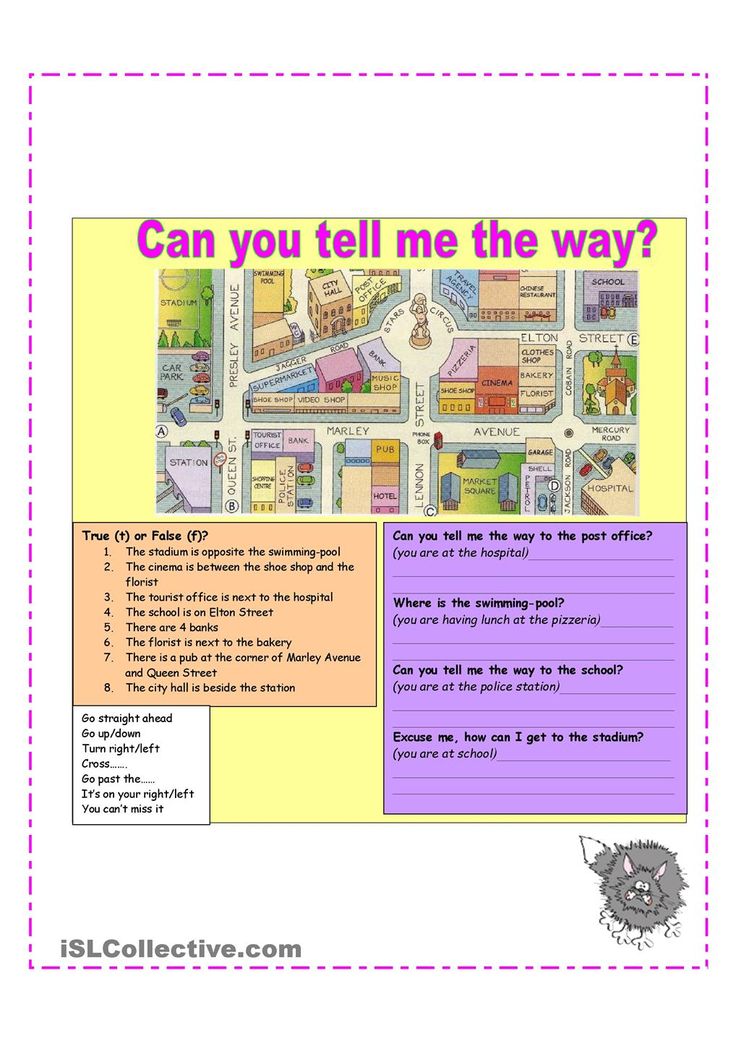 Precise directions will help students know when to do each step in the process.
Precise directions will help students know when to do each step in the process.
Learn More: Tam Aqua K12
8. Summer Olympics Following Directions Game
This adorable summer Olympics game is great for following directions. Perfectly themed activity sheets are designed for listening activities that focus on teaching students 1-step directions, 2-step sequential directions, and even 3-step sequential directions.
Learn More: Speech Time Fun
9. Leaf Craft
This leaf craft is a perfect hands-on activity for teaching students the importance of following directions. As they listen and perform each task in each step, students' following directions skills will improve with practice.
Learn More: Inspontaneous Speech
10. Following Directions Map
These easily printable maps are easy to use. There are several themes to choose from. Each is accompanied by a list of instructions. Students can read them or listen as teachers read them aloud.
Students can read them or listen as teachers read them aloud.
Learn More: Making Learning Fun
11. Star Wars Directions Game
Fun games, like this Star Wars following directions game, are great for helping students practice how to properly follow directions. This interactive game allows students to work within groups and collaborate and interact with others.
Learn More: Teach This
12. Glyphs
Glyphs are a fantastic resource for upper elementary and middle school students who need to practice following directions. Students will use white drawing paper to draw a picture, based on listening to directions and using what applies to them individually.
Learn More: Teach With Me
13. Before and After Statements
These before and after statements are great for older kids. This is a way to let students interact in groups and follow directions. On slips of paper, you will write in events and use them to complete this activity.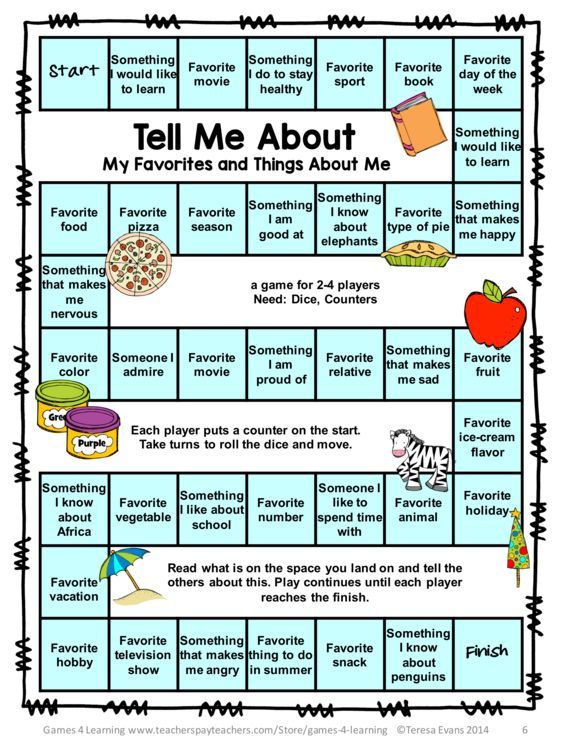
Learn More: Miss Barrett Speech Language
14. Listening Skills Holiday Sheet
These printable worksheets will be helpful for children with language skills needing improvement or for students to practice following directions. They are holiday themed and ideal for key listening skills and multi-step directions.
Learn More: Resources From Rachel
15. Can You Follow Directions Quiz Sheet
This fun quiz-type sheet is helpful in assessing how well students follow directions. This is a great way to see if they can follow targeted directions and if not, where the breakdown occurs so you will know what to work on.
Learn More: The Worksheets
16. Following Directions: Directions Sheet
This directions sheet is a breakdown of 4-step directions. Each section requires students to look ahead to see what to do, when to do it, and how to do it. They are working to follow directions in each step.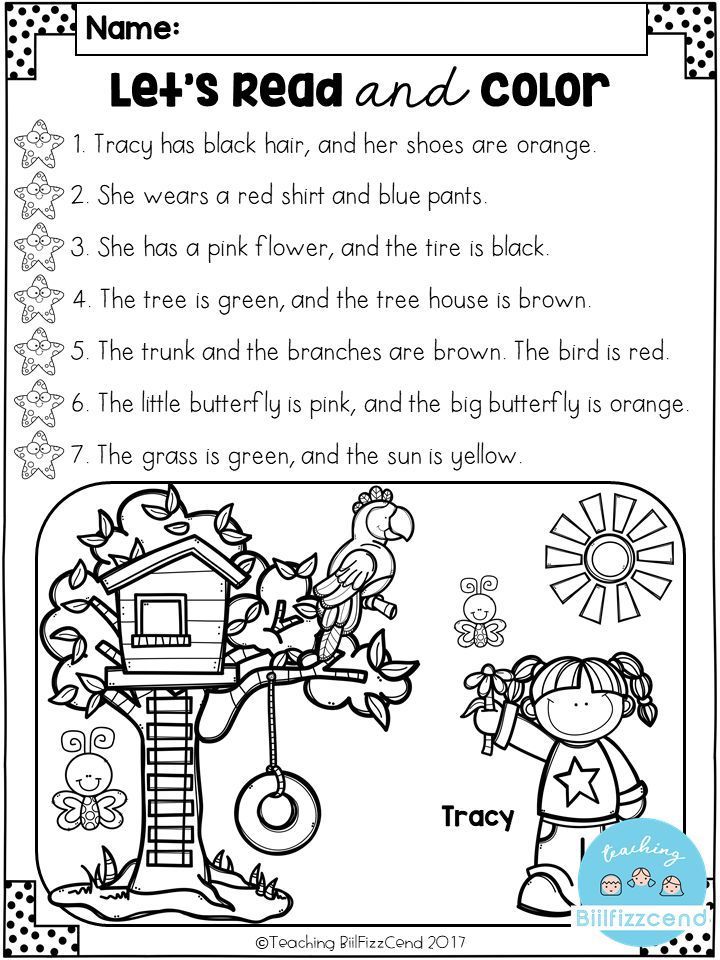
Learn More: The Worksheets
17. Relay Races
Relay races get students up and moving. Teachers can customize this activity to get students to practice following directions in a nontraditional way. Students can follow directions and work with their teams to see who can win each challenge.
Learn More: Mr Physed
18. Following Direction Worksheet
This following directions activity is good for working on following directions and literal directions. Students can cut and place items in places, dependent on prepositional directions. This is especially good for bilingual students.
Learn More: The Worksheets
19. Paper Airplanes
Constructing paper airplanes is fun and ideal for practicing following directions. Let students use a template and guide for directions or orally tell them what to do. Either way, they will get good practice and finish with a nice end result.
Let students use a template and guide for directions or orally tell them what to do. Either way, they will get good practice and finish with a nice end result.
Learn More: Speech Snacks
Three Steps Challenge
On April 1, the Foundation for the Support of Children in Difficult Life Situations announces the start of a unified event of the All-Russian action - the volunteer project "Three Steps Challenge". This event will bring together teenagers from all regions of Russia to help and support their peers.
For 11 years now, the All-Russian campaign “Volunteers for Children” has been held and covers all regions of the Russian Federation. This year the motto of the action is “Children for children. Let's do it together." The All-Russian action is designed to promote the development of volunteer initiatives and projects to support children and families with children in need of help.
All-Russian action is carried out by the Foundation for Support of Children in Difficult Life Situations.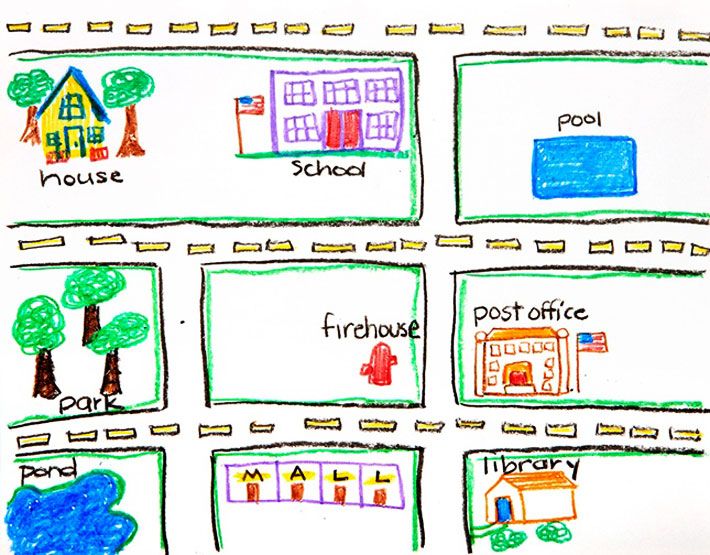 It is co-organized by the Federation Council Committee on Social Policy, the Commission on Demography, Protection of the Family, Children and Traditional Family Values, and the Boomerang Children's Media Association.
It is co-organized by the Federation Council Committee on Social Policy, the Commission on Demography, Protection of the Family, Children and Traditional Family Values, and the Boomerang Children's Media Association.
As part of the campaign, a single event for all its participants is held on the Internet - a volunteer project "Challenge" Three Steps ". The challenge is aimed at the development of social activity of adolescents, inclusion in volunteer assistance to peers, disclosure and realization of their leadership potential. The event is held on the principle of "3 weeks - 3 steps".
Internet site of the challenge - a page in the social network "VKontakte" (vk.com/dietidetiam).
Anyone can take part in the challenge, the number of participants is not limited.
At each stage (step) of the challenge, teenagers will be asked to complete a specific task:
1 step.
1 – 15 April. "FIND A FRIEND" - the teenager is given the task to find a friend who needs help and talk with him, to find words in order to find a way out of this situation together.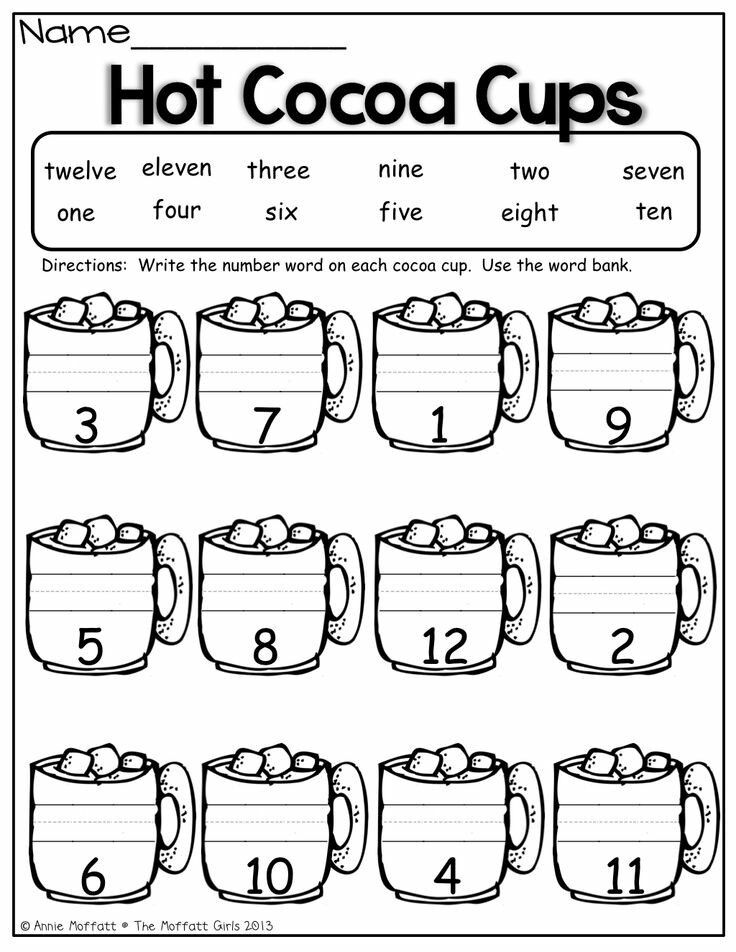
2 step.
April 16-30. "SECRET FRIEND" - a teenager is given the task of making a gift to a friend so that he does not know who his "secret friend" is. A gift should please a friend and help fulfill his dream. It doesn't have to be material. A gift can be made with your own hands, involving friends and parents.
3 step.
1 – 15 May. "MEETING WITH A FRIEND" - secret friends become apparent. The teenager is given the task of preparing and posting news in the “Volunteers for Children” community (vk.com/dietidetiam) on the VKontakte social network about his secret friend and his best qualities, about his good deeds, overcoming indifference, how he coped with challenges and what is “good” and “volunteer” for him, what he discovered new in himself when he did good deeds. Thanks to posts in the community, secret friends will be revealed.
Summing up and announcement of the leaders of the volunteer project "Challenge" Three Steps "will take place on June 1, 2022, its most active participants will be recognized.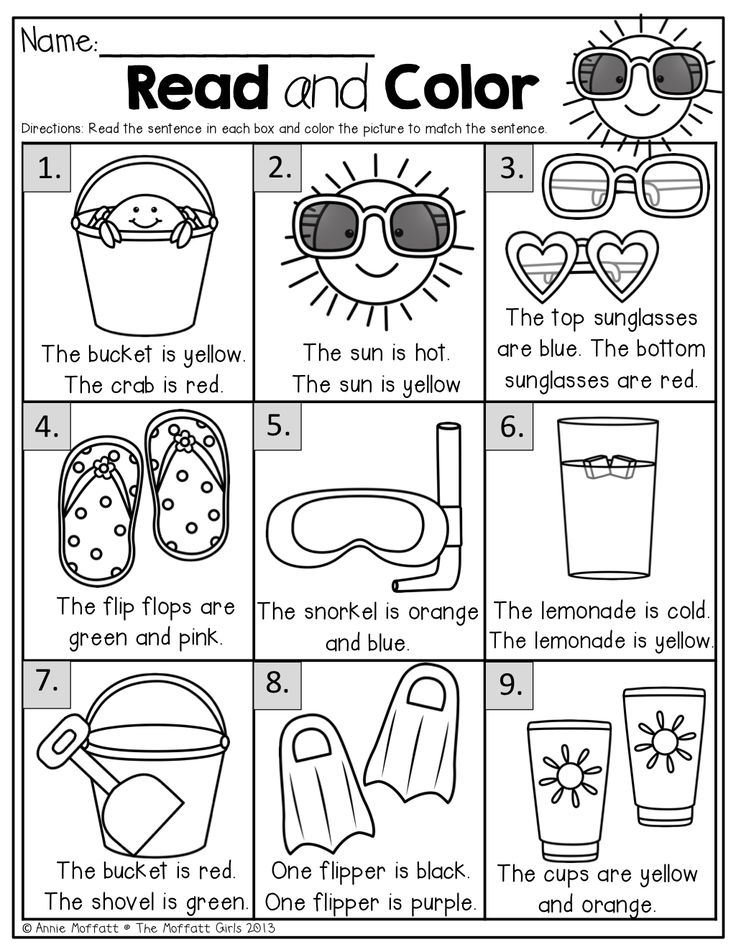
- Author: Prontisheva
- Views: 1485
- Back
- Forward
Strategy | The Russian Geographical Society
approved by
by the Council of
of the All -Russian Public Organization
Russian Geographical Society
Protocol of the meeting No. 5
dated July 06, 2012
Strategy
of the All -Russian Public Public Organization 9000,0005 RUSSIAN GEOGRAPHICAL SOCIETY Preamble The strategy of the Russian Geographical Society is a system of measures and steps that provides the basis for achieving the long-term goals and objectives of the Society. The areas of activity laid down in the Strategy continue the path traveled by the Russian Geographical Society over its long history. The development strategy of the Russian Geographical Society is based on a comprehensive geographical knowledge of Russia and the world in all their diversity, which contributes to the realization of the creative potential of our Motherland and its citizens. The public initiative can and should be aimed at a deep and comprehensive study and popularization of Russia's geographic, ecological, ethno-cultural and historical identity. The society should promote scientific creativity and education, the development of geography and related sciences, and actively participate in environmental protection activities. The most important task of the Russian Geographical Society is to unite people who are not indifferent to the nature of the Motherland. I. Purpose and Objectives The key goal of the Russian Geographical Society is to consolidate the forces and aspirations of the Russian society in the study and popularization of geography and related sciences in order to realize the creative potential of the country and its citizens. To achieve this goal, the Company sets itself the following tasks: 1. Stimulation and organization of the active participation of the society in environmental protection activities, formation of an ethic of responsible attitude to the environment. 2. Popularization of the natural, historical and cultural heritage of Russia as a matter of national pride. 3. Collection, processing and dissemination of reliable global and national geographical, environmental, ethnographic and statistical information in Russia and abroad. 4. Assistance to scientific creativity, development of geographical and related sciences about nature and society, large-scale dissemination and introduction into practice of the best achievements of domestic science. 5. Attracting wide attention of the international and Russian public to the unique historical, cultural and geographical objects of our country for the intensive development of tourism in Russia. II. To achieve long-term goals, the Russian Geographical Society identifies the following areas of activity. 1. Research activities Research activities of the Russian Geographical Society is a theoretical and applied work aimed at obtaining, systematizing and interpreting geographic information to solve urgent problems facing Russian society. The priority research areas of the Russian Geographical Society are: • The study of Russia's geographical, ethno-cultural and historical identity, including unique natural complexes, historical and cultural monuments, which are the basis of the national identity of the peoples of Russia. • Research in the field of environmental protection and sustainable development, contributing to the conservation of nature in the regions of Russia and the development of a network of specially protected natural areas. • Study of the legacy of the Russian Geographical Society. • Regular production and distribution of specialized and popular publications, as well as cartographic materials for practical use. • Formation of an expert community in the field of competence of the Company. 2. Information activities Since 1845, when the Russian Geographical Society was founded, its members set themselves the task of collecting, processing and disseminating reliable geographical information about Russia. The Russian Geographical Society intends to: • Continue to collect geographic information. The activities of the Society will be aimed at increasing the volume of information about Russia, replenishing archival, library and museum funds, especially electronic cartographic materials. • Conduct active dissemination of collected and processed geographic information using all communication channels available to the Company (both existing and those created by the Russian Geographical Society): print publications, television and radio programs, exhibitions, lectures, the Internet, etc. 3. Educational and educational activities As part of educational and educational activities, the Russian Geographical Society will develop the following areas: • Contribute to the creation of modern textbooks, teaching aids and other educational materials for primary, secondary and higher schools. To achieve this goal, the Company sets itself the following tasks: 1. Stimulation and organization of the active participation of the society in environmental protection activities, formation of an ethic of responsible attitude to the environment. 2. Promotion of the natural, historical and cultural heritage of Russia as a matter of national pride. 3. Collection, processing and dissemination of reliable global and national geographical, environmental, ethnographic and statistical information in Russia and abroad. 4. Assistance to scientific creativity, development of geographical and related sciences about nature and society, large-scale dissemination and introduction into practice of the best achievements of domestic science. 5. Attracting wide attention of the international and Russian public to the unique historical, cultural and geographical objects of our country for the intensive development of tourism in Russia. 4. Environmental activities The activity of the Russian Geographical Society is based on the pursuit of a balance between the conservation of Russia's nature, the development of the national economy and the realization of the society's creative potential. In the environmental concept of the Russian Geographical Society, a key role is given to the formation and development of the ethics of respect for nature among Russians. The environmental activities of the Russian Geographical Society are implemented through: Popularization of examples of respect for nature in Russia by citizens, government agencies and public organizations with the involvement of various media. · Conducting public environmental events of a scientific (seminars, forums), educational (lectures, schools) and practical (ecological expeditions, subbotniks) nature. Development of a network of public geoecological monitoring. Information support for environmentally innovative industries (elements of the "green" economy). Preservation of natural heritage sites and the national landscape of the Russian Federation is the main task of the newly recreated Permanent Environmental Commission of the Russian Geographical Society. Identification, development and introduction into production of the latest "green" technologies is the task of the Technology Platform "Technologies for Ecological Development", whose activities are coordinated by the Company. 5. Expeditions and travels Expedition activity of the Russian Geographical Society is a system of complex activities aimed at direct study of Russia's natural and cultural heritage. Proceeding from this, the Russian Geographical Society intends to develop and support: Scientific and practical expeditions for the implementation of geographical research in Russia and abroad. Educational expeditions related to the training of new specialists in the field of geography and related sciences. Educational expeditions and trips to popularize the unique historical, cultural and natural monuments of Russia. · Youth and volunteer expeditions, hikes, tourist gatherings, tourist and sports events and other expeditionary activities aimed at getting acquainted with the nature and culture of the native country. Local history expeditions - historical and geographical study of the small motherland, its natural and cultural heritage. Tourism. Information and organizational support for the development of tourism infrastructure in the Russian Federation and the development of new tourist routes (eco-trails, unique natural objects, etc. 6. Publishing activities Continuing its rich publishing traditions, the Russian Geographical Society intends to: · á than than to monographs. Publish cartographic materials and atlases, including electronic ones. Republish the most significant works in the field of geography and related sciences, as well as the works of prominent members of the Society. Promote the publication of works by young scientists. Participate in the production of reference books, albums, calendars and other printed materials. Consider the possibility of carrying out the publishing activities of the Russian Geographical Society within the framework of the unified publishing house of geographical literature of the Russian Geographical Society (“Geografgiz”). 7. Grant activities Within the framework of grant activities, the Russian Geographical Society plans to support the following priority areas: cartographic research, ecogeographic education, theoretical and applied scientific research, organization of expeditions and travels, preservation of wildlife, preservation of historical and cultural heritage of Russia, implementation of youth geographical programs, publishing work, restoration work. The Russian Geographical Society intends to award grants annually on a competitive basis with the maximum involvement of regional projects. Grant projects should be of great social importance and be oriented towards achieving practical results in the interests of Russia and its regions. In its grant policy, the Russian Geographical Society is guided by the principles of openness, equal accessibility and transparency. 8. Organization and holding of public events The Russian Geographical Society plans to organize and hold public events of a scientific, educational, environmental, charitable and recreational nature, to pay great attention to the promotion of tourism, sports and the promotion of a healthy lifestyle. 9. International activities International activities should play a significant role in achieving the Goals and Tasks of the Russian Geographical Society: • Participation in international events. • Establishment of partnerships and implementation of joint projects with geographical societies of other countries, international organizations, scientific centers and universities of foreign countries. • Revival and expansion of the network of associates of the Russian Geographical Society abroad. The Russian Geographical Society intends to increase the number of foreign members. On the basis of international cooperation, an exchange of experience and geo-information will be carried out. III. Regional development The system of regional branches is an important basis for the activities of the Russian Geographical Society. Uniform regional management standards ensure the integrity of the organization, efficiency and purposefulness of activities. Each branch of the Russian Geographical Society should become a center that unites enthusiasts around national geography in its region, the priority of the activities of regional branches should be the implementation of educational and outreach activities aimed at studying the region. For the implementation of projects, regional branches of the Russian Geographical Society have equal opportunities to receive grants from the Russian Geographical Society, and can, within their competence, independently raise funds for research projects, expeditions and travels, publishing activities, public events, including environmental events. Regional branches of the Russian Geographical Society should actively participate in the reconstruction of the youth movement under the auspices of the Russian Geographical Society, pay great attention to working with young people, implement educational and educational projects, and support initiatives to organize additional educational programs for schoolchildren and students. The main results of the activities of the regional branches of the Russian Geographical Society should be: increasing the level of awareness of citizens about the region in which they live, increasing the number of active supporters of the Russian Geographical Society, increasing the degree of public participation in environmental activities and expeditions. IV. Youth initiative The youth policy of the Russian Geographical Society is carried out in the following main areas: • Organization and support of youth research to collect and disseminate reliable geographic information about Russia. • Assistance in unleashing the creative potential of young people through the organization of competitions, etc. • Formation among young people of an ethic of responsible and careful attitude to nature. • Involving young people in active participation in the activities of the Russian Geographical Society. • Reconstruction of the youth movement under the auspices of the Russian Geographical Society. V. Partnership The Russian Geographical Society is open for long-term cooperation in the implementation of projects with public and commercial organizations, authorities, individuals who share our Goals and Tasks. The Company attaches great importance to the formation of partnerships with ecological-geographical, environmental and charitable organizations, educational institutions, research centers, as well as with commercial organizations working in the field of education, "green" economy and tourism. The basis of the interaction of the Russian Geographical Society with partners is the desire to form long-term relationships and joint projects to ensure the success of the common cause. Particular attention should be paid to partnerships with the media, educational institutions (including federal universities), as well as the implementation of joint projects that comply with the statutory goals and objectives of the Russian Geographical Society. VI. Communications The Russian Geographical Society will take measures to further modernize the official website, through which the public is informed about the activities of the Russian Geographical Society, supporters are attracted, and contacts are maintained with residents of Russian regions. The Russian Geographical Society also intends to introduce an English version of the site in order to establish and maintain contacts with foreign audiences. The www.rgo.ru portal is also a means of internal communication between members of the Russian Geographical Society and coordination of their activities, where each regional branch has its own website in the www. The portal should provide various groups of members of the Russian Geographical Society - scientists, experts, students and social activists - with a convenient and reliable platform for exchanging opinions and information. The portal will allow them to unite on a regional basis, according to interests and specialization, within the framework of individual actions and projects to solve specific problems facing the Russian Geographical Society. Heritage The Russian Geographical Society will pay considerable attention to the restoration of its archives, the digitization of the book stock of its libraries and cartographic materials. This activity will be aimed at preserving the historical heritage of the Russian Geographical Society, its updating, since many of the information contained in the funds is of scientific and practical value even today. It is planned to recreate the thematic commissions of the Russian Geographical Society: Nature Conservation, Ethnographic, Phenological, etc. Conclusion In adopting the Development Strategy, the Russian Geographical Society declares its intention and readiness to: • become an organization whose activities cover the entire territory of Russia; • recruit new members, especially young people; • establish close partnerships with organizations that share the Purpose and Tasks of the Russian Geographical Society; • base their activities on innovative technologies and an integrated approach. The Russian Geographical Society intends to create a unified network for the collection, processing and dissemination of geographic information, which will provide access to data to all interested parties. The Russian Geographical Society will create an extensive regional network that will make it possible to form a complete picture of Russia's national geography. The Russian Geographical Society strives to become a source of public initiative in the preservation of the Russian natural heritage, to unite and coordinate the work of organizations and enthusiasts involved in the protection of Russia's nature, to involve the public in environmental activities, especially the younger generation. The Russian Geographical Society will make every effort to ensure that the expeditionary activities of the Society contribute to the increase in the amount of useful knowledge about Russia, its territorial development and the growth of popularity of Russian natural and cultural heritage sites. The Russian Geographical Society will focus its publishing activities on the creation of a modern library fund, which will present the most complete and up-to-date information about the national geography of Russia, the most important research in the field of geography and related sciences, as well as the research activities of members of the Russian Geographical Society. The Russian Geographical Society will improve its grant policy in order to support scientists, students and schoolchildren, talented enthusiasts whose projects are aimed at studying Russia. The Russian Geographical Society will present the results of its activities at the leading international discussion platforms dedicated to the most pressing issues in the field of the study of our planet, nature conservation and international cooperation, and strive to receive a worthy assessment of its activities in the international arena.
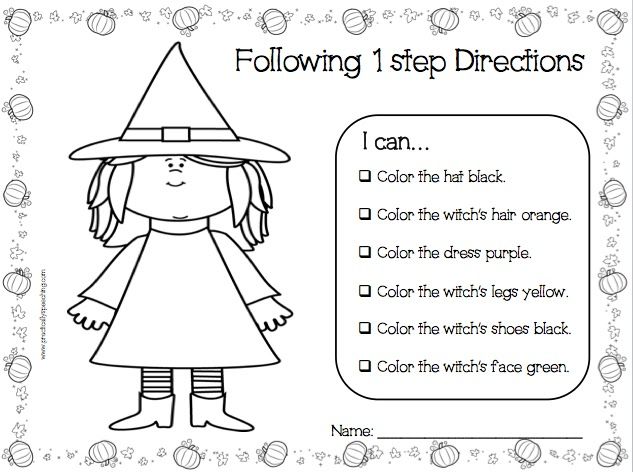
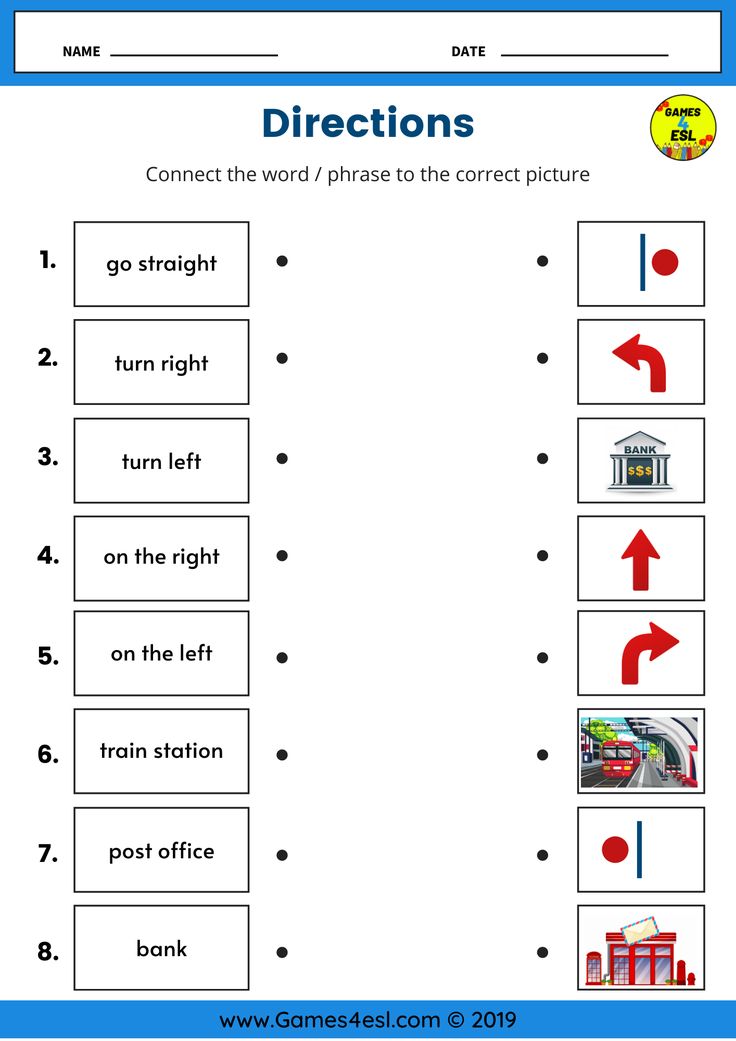 Strategic areas of activity
Strategic areas of activity 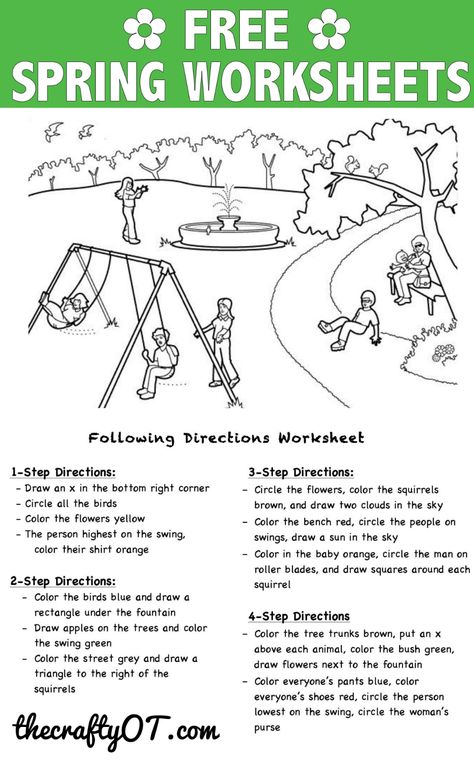
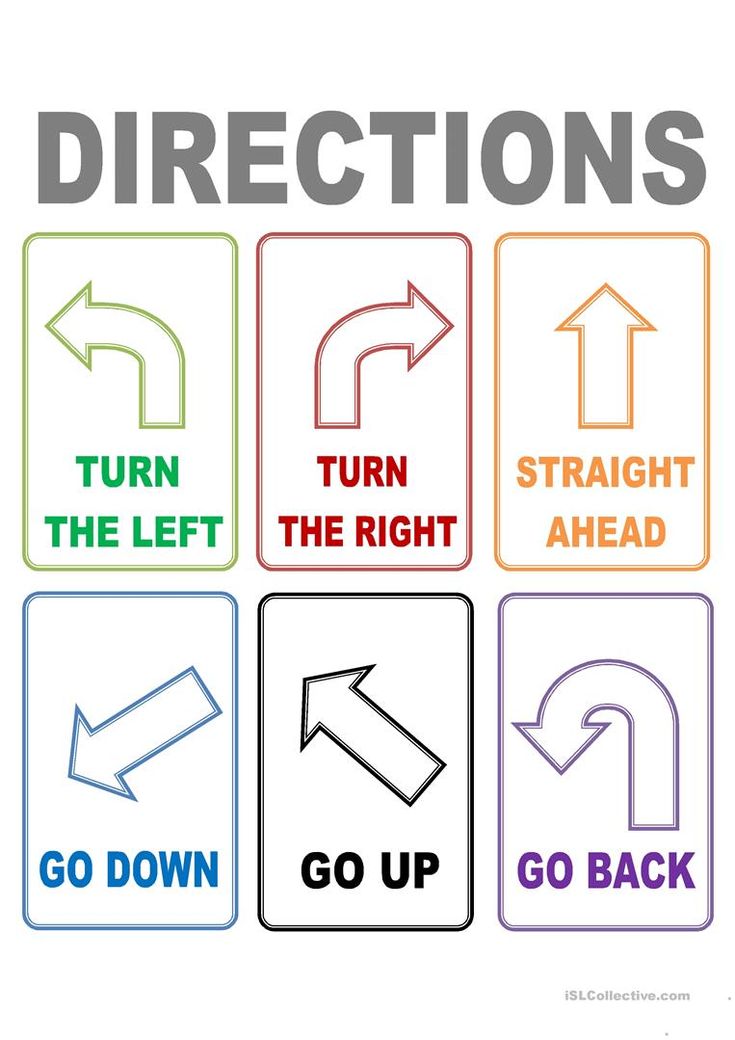 In its activities, the Company will be guided by the principle of a responsible attitude to information and disseminate data obtained taking into account all available reliable sources.
In its activities, the Company will be guided by the principle of a responsible attitude to information and disseminate data obtained taking into account all available reliable sources. 
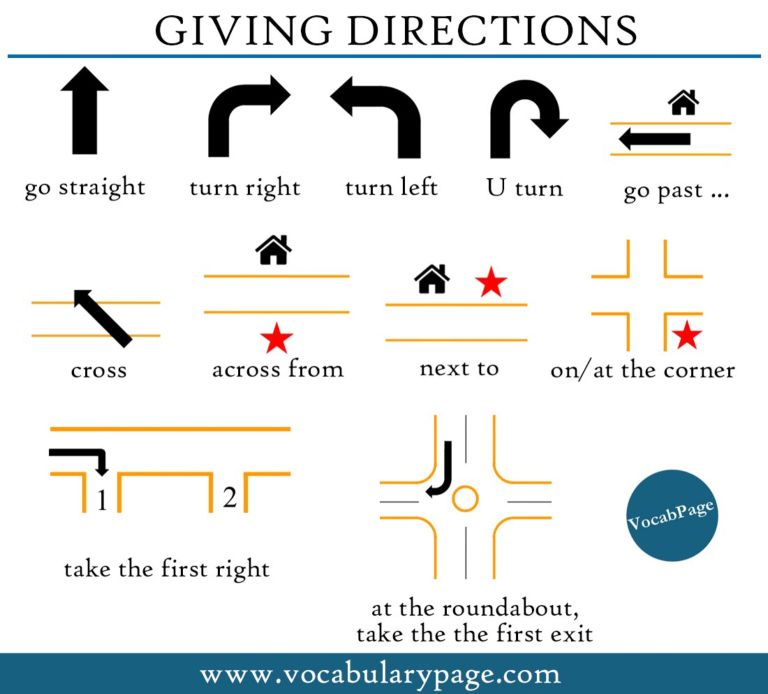
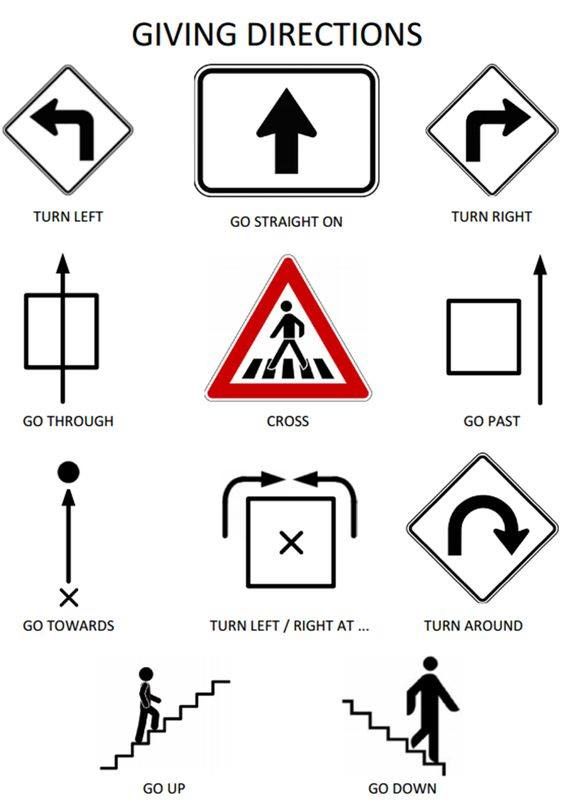
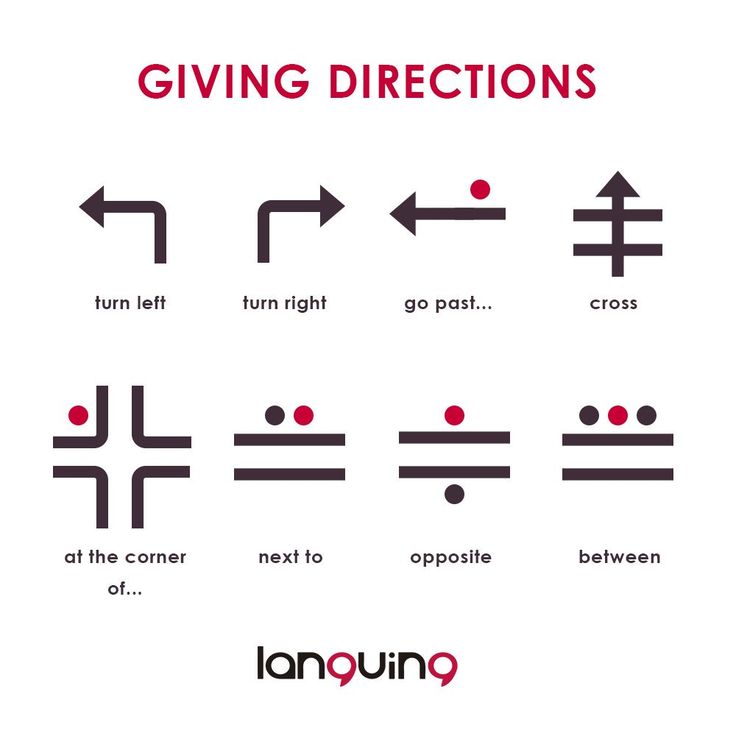 ).
). 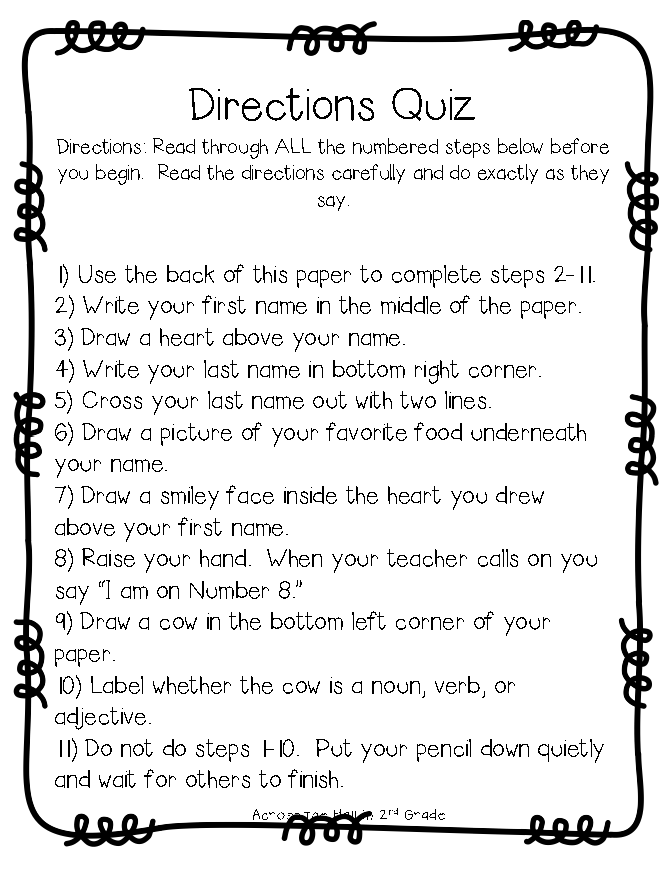
 The Russian Geographical Society intends to take part in organizing and holding international events, the topics of which correspond to the Society's Development Strategy.
The Russian Geographical Society intends to take part in organizing and holding international events, the topics of which correspond to the Society's Development Strategy. 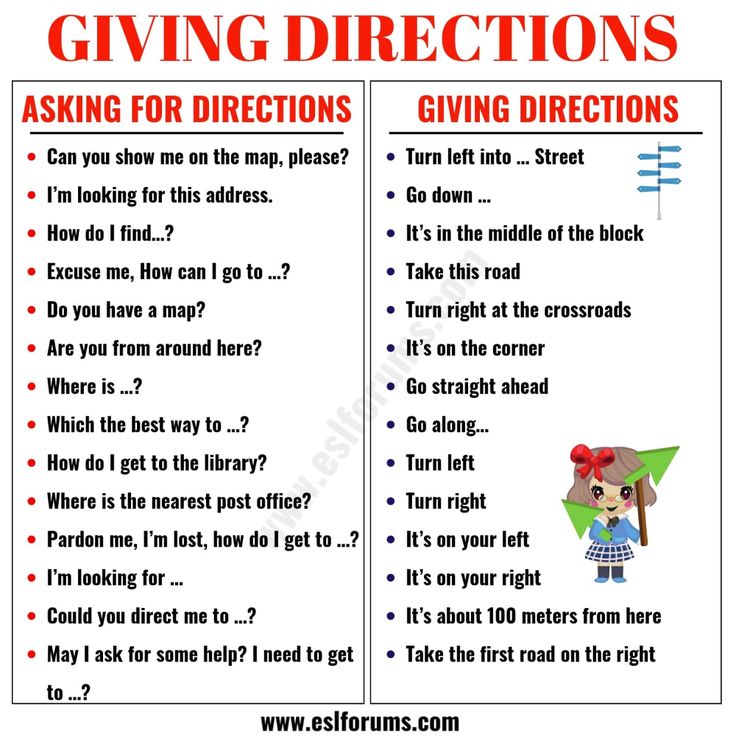

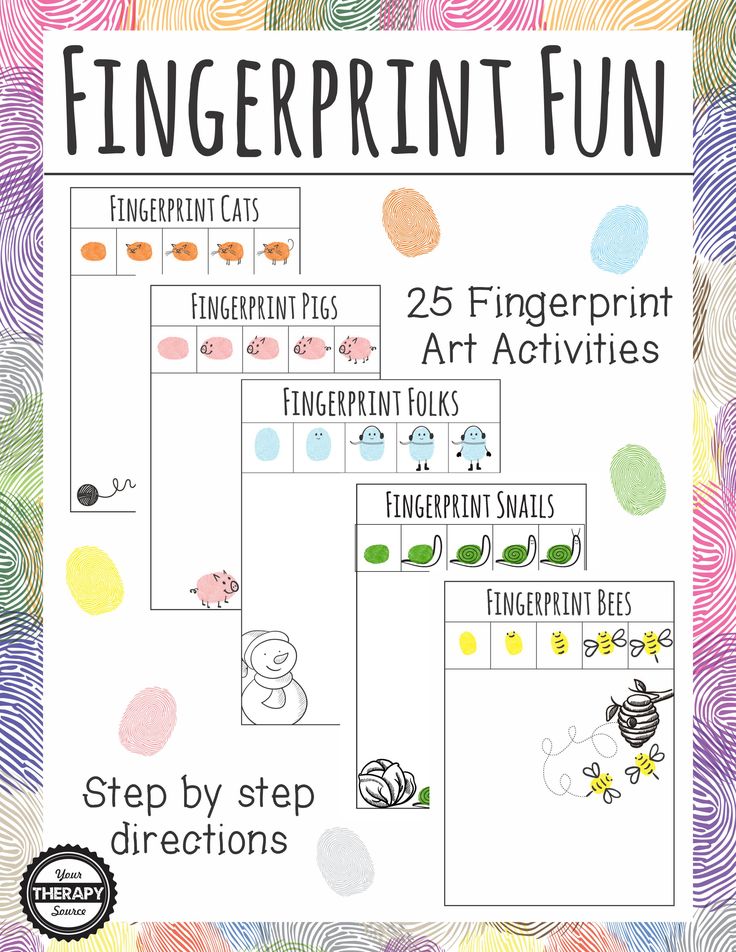
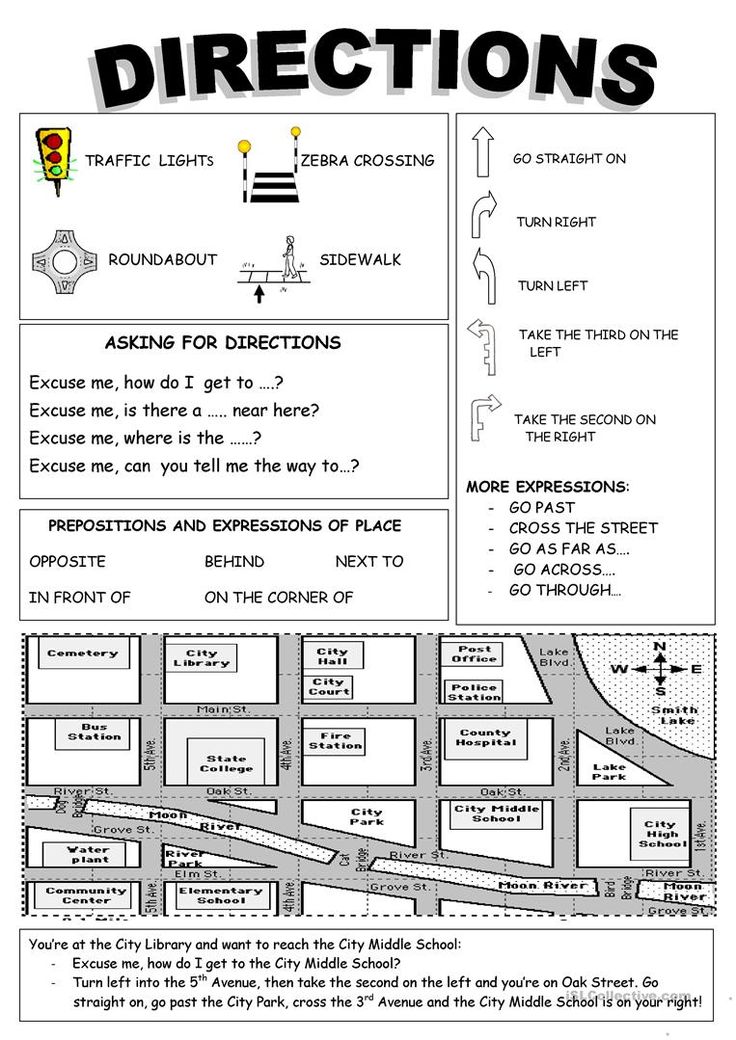 rgo.ru domain space and posts information about its activities and its region there.
rgo.ru domain space and posts information about its activities and its region there. 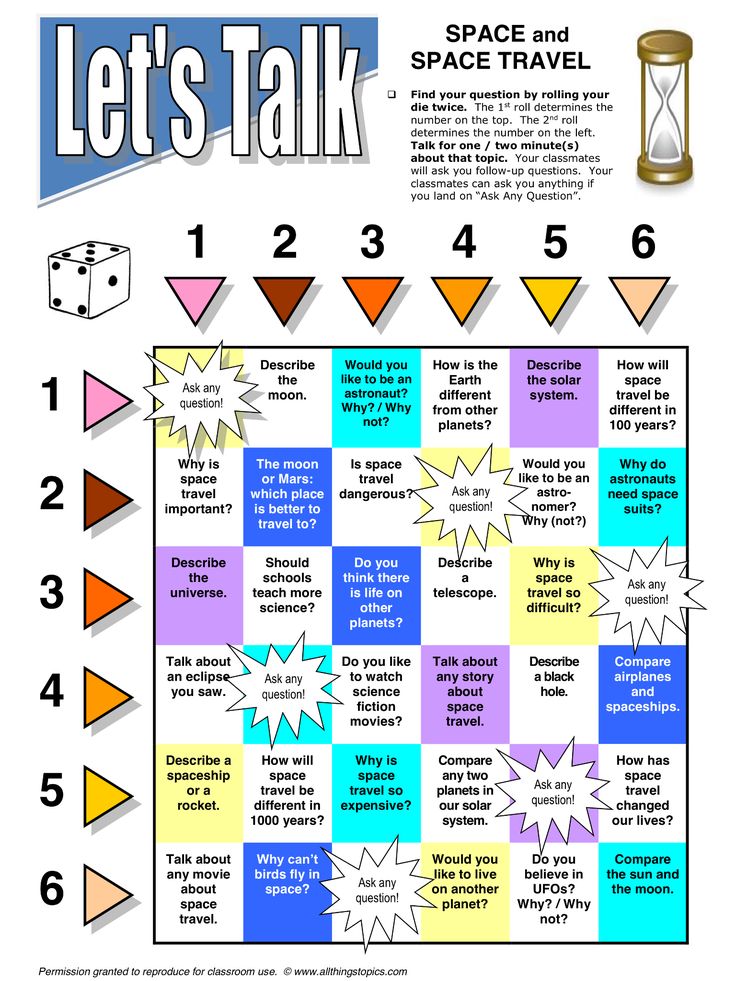
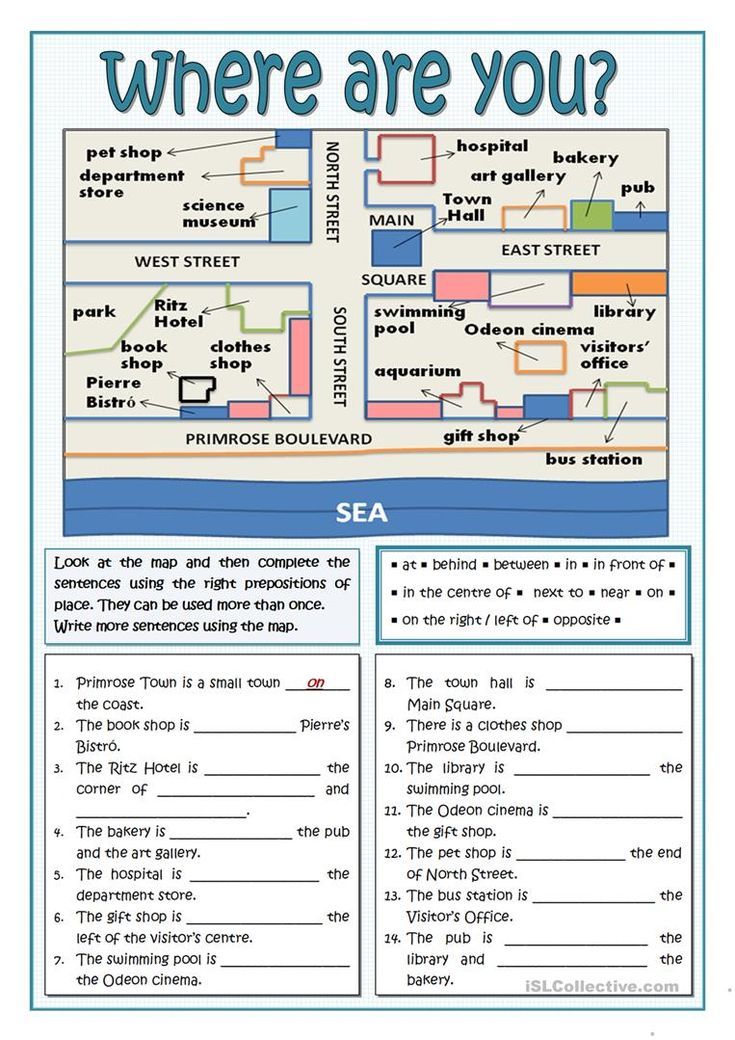
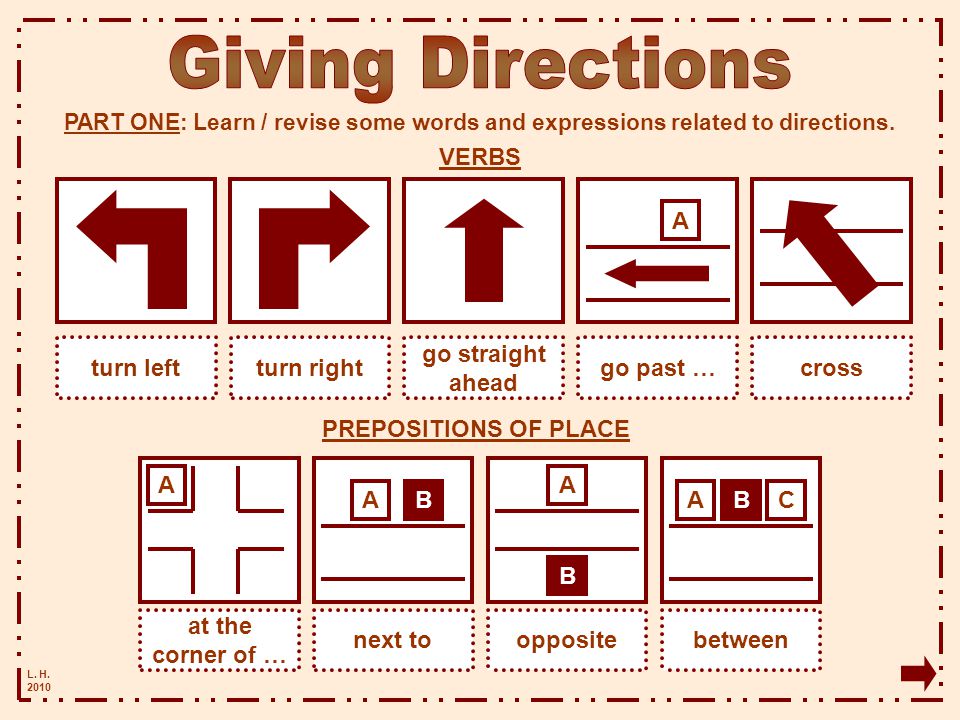
Learn more



